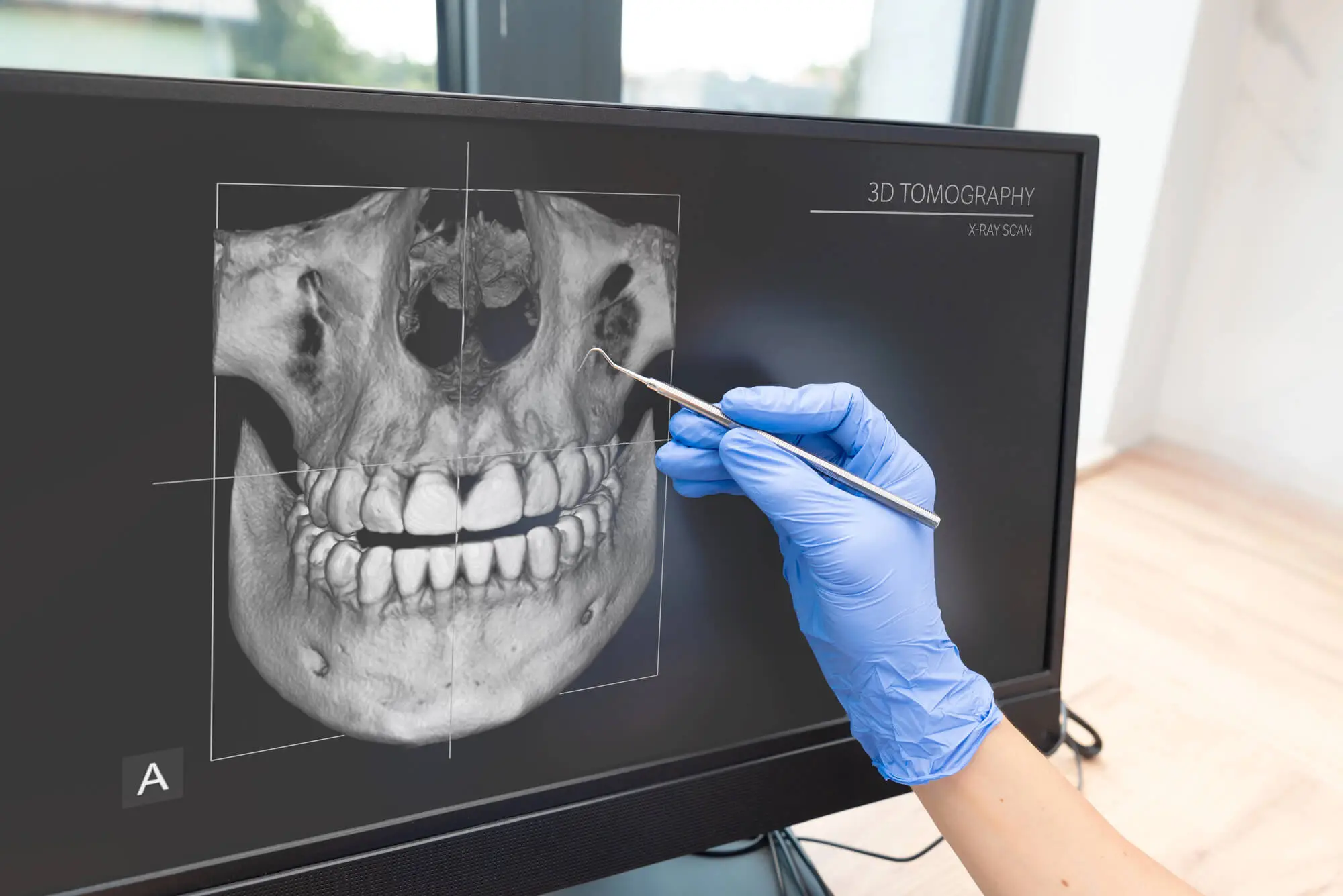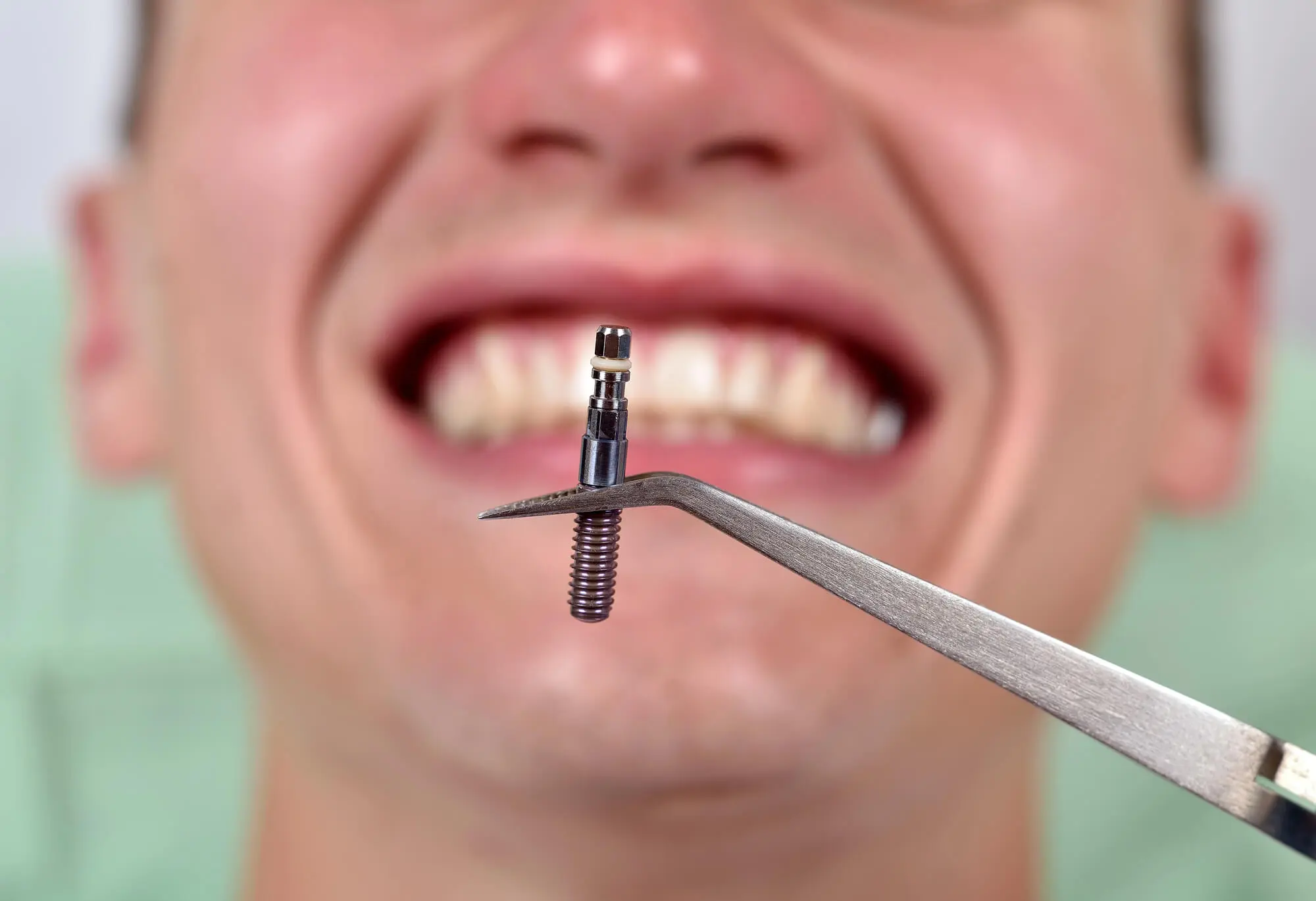
The path to tooth loss can be a slow, preventable process or as sudden as a hit to the face or an accident. When that happens, dentists recommend replacing the lost tooth immediately to prevent jawbone density loss, but circumstances in life can make it impossible for you to do so. Luckily, bone grafting can make it possible to get a dental implant even years after tooth loss.
Bone grafting can foster the growth of lost jawbones, enhance jawbone health, and prevent the consequences of bone recession, like tooth loss. However, the recovery process can be slow, and knowing what to expect is key to navigating it with ease.

What Is Bone Grafting?
An oral surgery procedure called a dental bone graft can increase the density and volume of your jaw. By restoring lost jawbone, this crucial procedure ensures that your jaw has enough structure to support dental implants firmly.
Dental bone grafting creates space in your jaw so that your body can heal itself. It functions similarly to a scaffold that allows your own bone tissue to grow and repair itself. Where bone is missing or thinning, a medical professional applies powdered bone grafting material, either natural or synthetic. It can be made out of various materials, such as:
- Allograft: Human bone acquired from a bank of authorized donors.
- Alloplast: Artificially created dental bone.
- Autogenous: Bone extracted from another part of the body.
- Xenograft: Bone from an animal obtained from a bank of authorized donors.
When is a Bone Graft Necessary?
A Dental Extraction
Two to three months after extraction, the socket's walls will typically naturally fill with bone if they are extremely thick. However, this type of healing will be less predictable if the walls of your socket are extremely thin, as they are in your upper and lower front teeth.
In these cases, a socket preservation bone graft is frequently inserted during tooth extraction to help the body fill in the empty socket with bone. Several months later, this step preserves the volume and width of bone required for implant placement.
To Prepare for a Dental Implant
If your tooth was extracted many years ago and your bony ridge is very thin, there might not be enough bone for implant placement. In this situation, a bone graft may be positioned adjacent to the thin bone and given up to six months to heal.
Once the graft has fused to your natural bone, the ridge will be re-entered, and the implant will be positioned.
Sinus Lift
Additionally, there’s a third type of bone graft called sinus lift.
You might also require bone grafting if your upper jaw's sinus cavities are very large, very low, or extend into the tooth-bearing regions. This frequently happens when a person's upper jaw's back teeth have been extracted years ago, leaving less bone available for implant placement.
Sinus lifts are performed under local anesthesia and possibly sedation. During the procedure, the membrane that lines the sinus is located and raised. Following that, bone is added to restore bone height and guarantee that dental implants of a suitable length can be positioned.
This process can frequently be carried out concurrently with implant placement.
.webp)
Recovery Tips After a Dental Bone Grafting
Bone grafting is a relatively comfortable office procedure. Recovery after a bone graft can vary depending on the location, your overall oral health, and the type of bone graft you’ve received.
Recovery Tips After Bone Graft Following Tooth Extraction
Socket preservation, the name for a bone graft conducted after a dental extraction, is a simpler procedure to maintain bone volume after a tooth removal. The soft tissue can heal in two weeks, while the bone graft’s full integration can take 3 to 6 months.
Afterward, the dentist's instructions will be very similar to those of a common extraction, such as:
- Do not spit, suck on straws, or smoke to avoid dislodging the graft or clot and causing dry socket.
- Avoid brushing the site for the first few days.
- For the first few days, stick to soft foods. Avoid hot, spicy, crunchy, or hard foods that irritate the graft area.
- Avoid physical exertion for 48–72 hours to minimize bleeding or graft disruption.
If you experience severe pain or swelling, use over-the-counter pain medications and cold compresses as directed.
Recovery Tips After Bone Graft for a Dental Implant
This type of graft is used to rebuild bone in the jaw before placing a dental implant. Full bone integration can take 4 to 6 months before implant placement, and the recovery is typically more involved than socket preservation.
Some immediate post-op care tips include:
- Do not chew or apply pressure on the graft site.
- Do not disturb the area. Avoid touching or poking the graft site with your tongue or fingers.
- Smoking or drinking alcohol is prohibited: these substances can slow down the healing process and increase the risk.
- Stick to cold or lukewarm soft foods (yogurt, smoothies, scrambled eggs) for a few days.
- Sleep with your head elevated. This can help reduce swelling and bleeding.
- Use prescribed antibiotics and pain meds exactly as directed.
Recovery Tips After a Sinus Lift
Following care tips is crucial to promoting healing, preventing infection, and avoiding disturbing the sinus membrane. With proper care, full bone integration after a sinus lift can take 4 to 9 months, depending on the graft size and type.
Dental professionals recommend:
- Take all prescribed medications as indicated. Antibiotics are often necessary to prevent infection, and you may be prescribed decongestants (oral or nasal sprays) to reduce sinus pressure.
- Use cold compresses (first 24–48 hours) to help reduce facial swelling and bruising.
- Keep your head elevated (especially when sleeping).
- For several days, stick to soft foods like smoothies, soups, mashed potatoes, yogurt, etc., and avoid hot foods for 24 hours to minimize bleeding risk.
- Avoid brushing near the surgical site for at least a week.
- Avoid blowing your nose, as this can increase pressure in the sinus and can dislodge the graft or open the sinus membrane.
- Avoid smoking and alcohol.
- Avoid straws or spitting, as the suction can disturb the surgical site.

Take the Necessary Steps for a Successful Bone Grafting Procedure
Bone grafting is often the first step toward a stable and functional dental implant. By rebuilding the jawbone, you’re investing in the long-term success of your oral health—for that reason, being careful with your graft area is crucial.
In addition to following these tips, it’s important to keep up with follow-up appointments at Butura Oral and Dental Surgery. We’ll check the bone integration and schedule appropriate implant placement planning. If you’re due for a check-up or believe there may be something wrong with your bone grafting, reach out!




